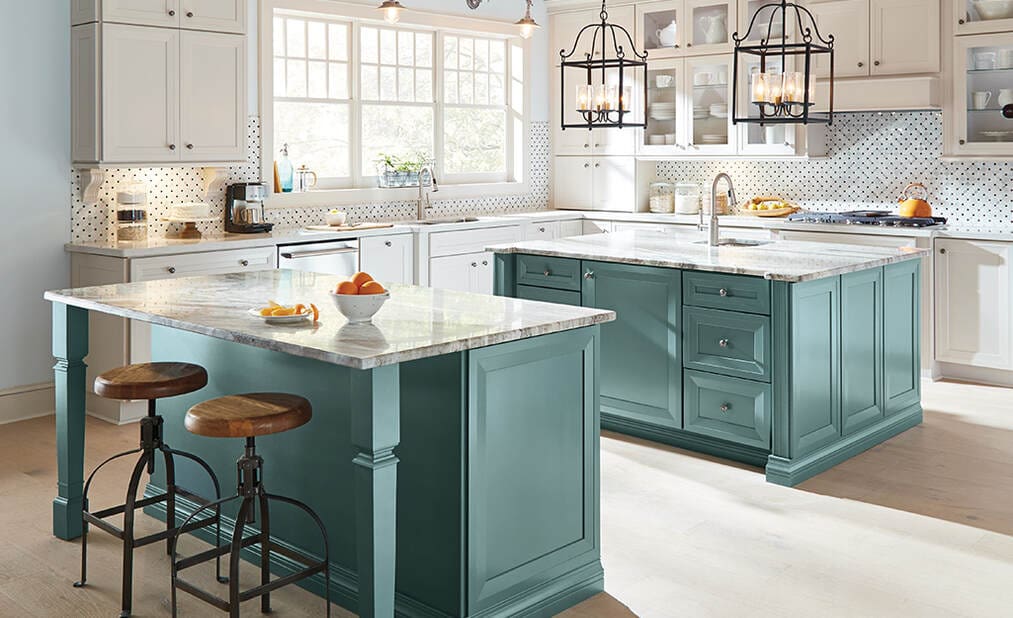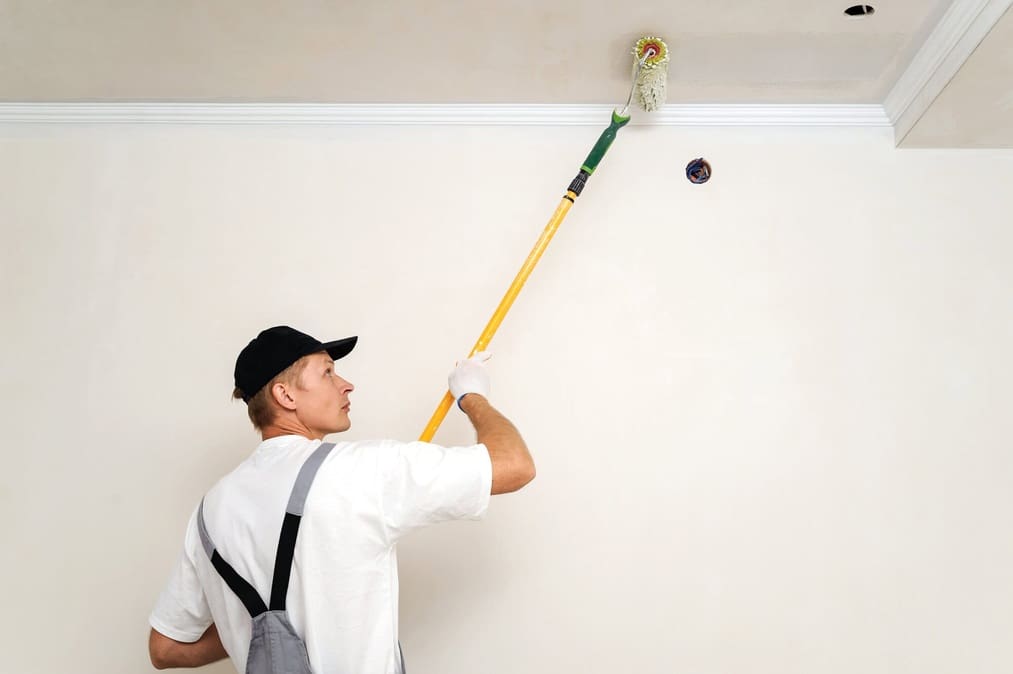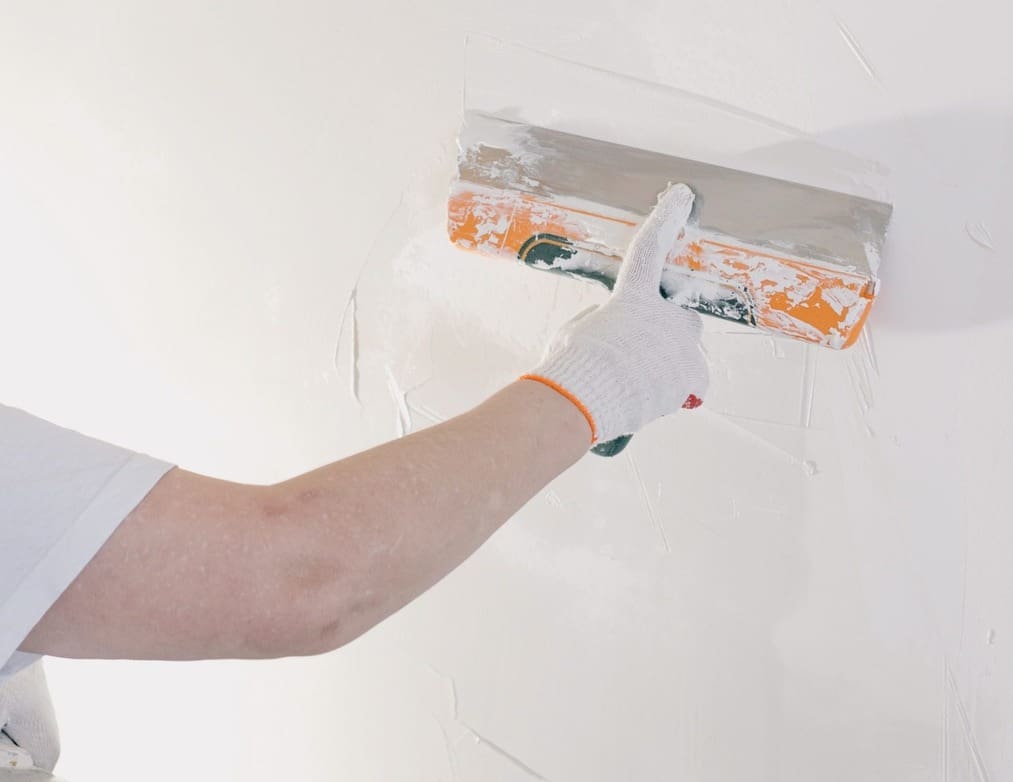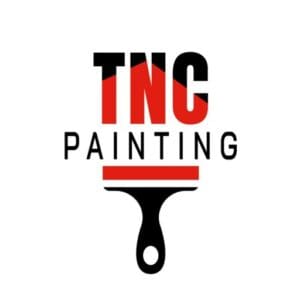Can Paint Improve Energy Efficiency in Your Home?
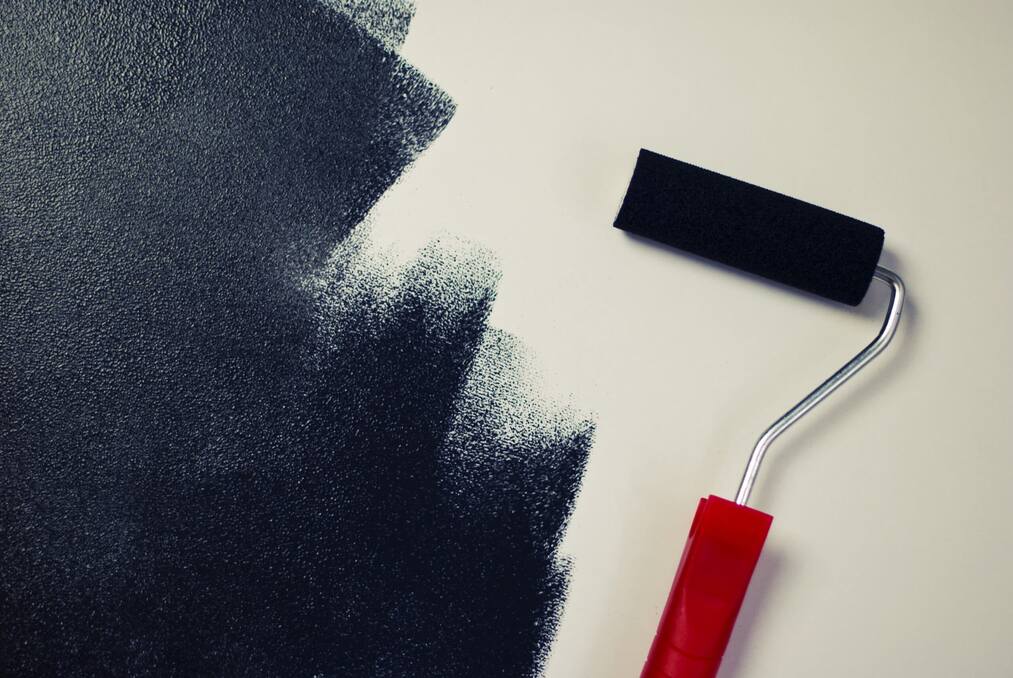
When it comes to saving energy at home, most homeowners think of new windows, added insulation, or upgraded HVAC systems. But there’s one element that’s often overlooked your paint. Believe it or not, paint can play a supporting role in creating a more energy-efficient living environment.
So, does interior paint affect energy efficiency? Not as dramatically as weatherproofing or smart thermostats but in the right conditions, yes, it can help. From color choices that reflect light and heat to specialty coatings designed to resist temperature shifts, paint has more potential than most people realize.
In this article, we’ll look at the subtle but meaningful ways that paint contributes to home efficiency, and why working with a professional can help you get the most out of every project.
Color Matters: How Reflectivity Affects Room Temperature
Paint color doesn’t just affect a room’s mood it also influences how much light and heat that room absorbs. In terms of interior paint colors and energy efficiency, lighter shades reflect more light, which helps reduce heat buildup. This is particularly useful in rooms with lots of direct sunlight or limited ventilation.
Darker colors, on the other hand, tend to absorb heat. This can make spaces feel warmer, especially during warmer months, which often leads to increased air conditioning use. While this can be beneficial in cooler climates or shaded rooms, it often results in higher energy consumption in summer.
Professionals use this knowledge to guide clients toward color choices that work with their home’s layout and climate conditions. For example:
- Soft whites or pale grays – Reflect natural light, helping to keep a space cooler and brighter.
- Warm taupes or creams – Offer light reflectivity with a cozy feel.
- Darker accent walls – Can be used strategically without overheating the entire space.
The reflectivity of a paint color is measured by its Light Reflectance Value (LRV), which professionals use to predict how much light will bounce off the painted surface. High LRV paints (typically 70 or above) reflect more light, making them ideal for energy-conscious homeowners.
Working with a pro means you’re not guessing they’ll help you evaluate color not just for aesthetics, but for performance over time.
Specialty Paints Designed for Insulation
Beyond color, there are now paint products on the market that claim to offer added energy benefits through built-in insulation technology. While these won’t replace proper wall insulation or energy-efficient windows, they can make a measurable difference in specific cases — especially when used correctly by professionals.
So, does interior paint affect energy efficiency in terms of thermal insulation? In the case of these specialty products, the answer is yes — but results vary depending on the space and how they’re applied.
There are two main types of energy-efficient paints professionals may use:
- Thermal insulating paints – These products often include ceramic or other insulating additives designed to reflect radiant heat, helping maintain indoor temperatures.
- Heat-reflective coatings – These paints are formulated to deflect infrared light and are commonly used in sun-exposed rooms to keep interiors cooler.
While these paints can provide modest reductions in heat transfer, their effectiveness depends on factors like:
- The condition and material of the walls
- Room exposure (north vs. south facing)
- Existing HVAC efficiency
- Proper surface prep and professional-grade application
Professionals evaluate whether these coatings are truly beneficial for a home and, if so, how to integrate them into a broader energy-efficiency strategy. They’re most useful in older homes with poor insulation or in bonus rooms that experience frequent temperature swings.
Creating a More Comfortable, Consistent Indoor Climate
Energy efficiency isn’t just about cutting utility bills — it’s also about maintaining consistent, comfortable indoor temperatures throughout your home. And while paint can’t control your HVAC system, it can help support it.
In the context of interior paint affecting energy efficiency, the right paint choices can contribute to even heating and cooling in different rooms. This is especially useful in older homes, sun-exposed areas, or rooms with poor airflow.
Here’s how professional painting contributes to comfort:
- Reflective paint helps balance bright rooms – Light-colored, high-LRV paints keep sunny spaces from overheating, making them feel less stuffy.
- Insulating coatings retain warmth in colder seasons – In rooms that run cool (like basements), insulating paints may help prevent drafts or chills.
- Even surface finish helps regulate temperature – Matte vs. satin vs. semi-gloss impacts light diffusion and how heat is retained or reflected.
When selected and applied by professionals, these paints help reduce hot or cold spots throughout the home. That means your HVAC system doesn’t have to work overtime to fix temperature imbalances, saving you energy in the long run.
Comfort and efficiency go hand in hand and both start with smart, informed paint choices.
Why Paint Alone Isn’t Enough — But Still Worth Considering
Let’s be clear: paint isn’t a replacement for proper insulation, ventilation, or energy-efficient appliances. If your walls are drafty or your windows leak air, even the best reflective coating won’t close the energy gap. But that doesn’t mean paint should be overlooked.
So, does interior paint affect energy efficiency on its own? Not dramatically. But as part of a holistic strategy, it supports the bigger picture. Especially if you’re already planning on repainting your interiors, making smart choices about color, product, and application can help you get a little more from your walls.
Here’s where paint fits into the broader energy-efficiency ecosystem:
- Helps maintain room temperature balance
- Reduces reliance on artificial lighting when lighter colors are used
- Supports other upgrades like efficient HVAC and window treatments
- Improves comfort, which may reduce the need for constant thermostat adjustments
Professional painters recognize these opportunities during the consultation stage. Instead of focusing solely on aesthetics, they consider lighting conditions, room function, and how each space connects with others. Their expertise ensures your paint isn’t just beautiful — it’s working smarter behind the scenes.
Smart Paint Choices Can Support Home Efficiency Goals
Interior paint might not be the first thing you think of when upgrading your home’s energy efficiency — but it’s far from irrelevant. While it won’t replace better insulation or modern windows, smart paint decisions can make your living space more comfortable, consistent, and even a little more cost-effective to maintain.
By working with a professional painter, you’ll get more than just help choosing colors. You’ll get someone who understands how things like reflectivity, product composition, and room orientation factor into performance — not just appearance. And if you’re already planning an interior refresh, it’s the perfect time to ask how your walls can do more than just look good. A little strategy goes a long way. With expert guidance, your next paint job can serve both style and efficiency and that’s a win for your home year-round.

